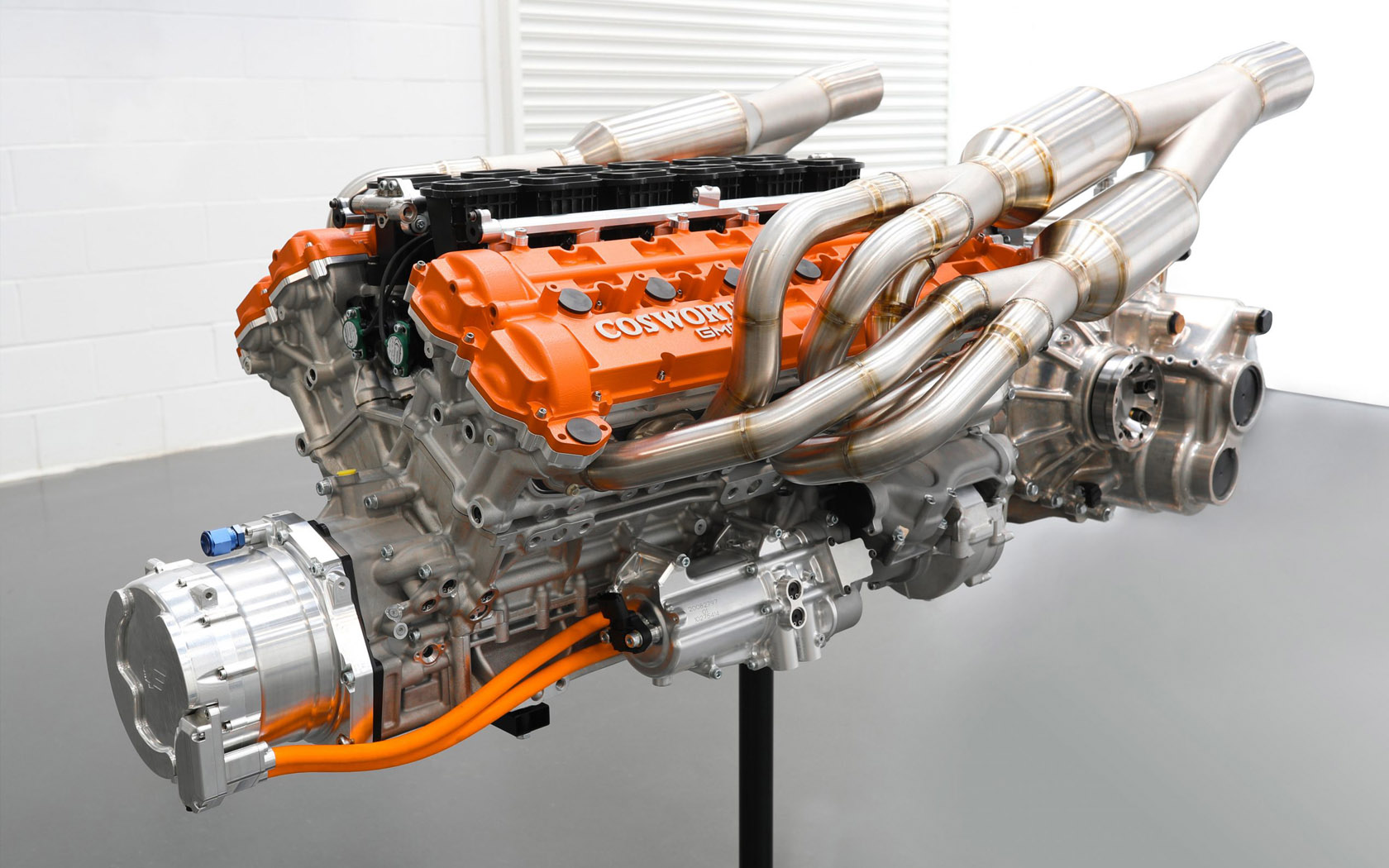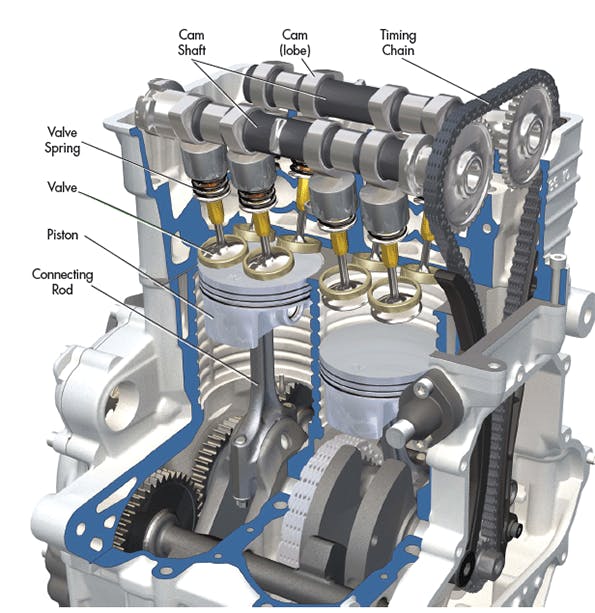Your Best Vehicle Components Shop for Engines for Africa and More
Your Best Vehicle Components Shop for Engines for Africa and More
Blog Article
The Pursuit for Ultimate Driving Power: Exploring the Peak of Engine Performance and Technological Developments in the Automotive Market
In the realm of auto design, the pursuit of optimum driving power has been an unrelenting quest that has unfolded through the development of engine design and the integration of sophisticated modern technologies. From the precise workmanship of combustion engines to the quick developments in electric propulsion systems, the automobile sector stands at the cusp of a new age characterized by unprecedented performance capabilities. As scientists and designers dive much deeper into the worlds of computational liquid characteristics and discover cutting-edge gas modern technologies, the perspective of possibilities expands tremendously. Remain tuned as we decipher the detailed tapestry of technological developments that are shaping the future of automotive power and efficiency.
Development of Engine Design

Furthermore, the combination of turbocharging and supercharging modern technologies has actually reinvented engine layout by increasing power without dramatically raising engine dimension. These forced induction systems compress the consumption air, permitting even more gas to be combusted, thus creating higher power outcome from a smaller sized engine. This innovation has been specifically vital in boosting the efficiency of smaller variation engines while maintaining fuel performance requirements.

Performance-Enhancing Gas Technologies
The implementation of sophisticated gas technologies has actually dramatically contributed to boosting engine efficiency in modern-day vehicles. Biofuels, derived from renewable sources like sugarcane, algae, or corn, deal enhanced and minimized exhausts engine effectiveness. In addition, fuel ingredients and cleaning agents are being developed to clean engine elements, enhance burning, and minimize friction, consequently boosting overall automobile performance.
Advancements in Electric Propulsion
Considerable strides in electric propulsion modern technology have actually transformed the auto sector, leading the way for a brand-new era of sustainable and efficient transportation. Electric vehicles (EVs) are gaining appeal due to their ecological advantages and improvements in battery technology, making it possible for longer driving varieties and much shorter charging times. Suppliers are spending greatly in research and development to boost the efficiency of electric propulsion systems, concentrating on increasing power output, enhancing power efficiency, and decreasing total weight.
One notable breakthrough in electrical propulsion is the growth of sophisticated electrical motors that provide higher torque and power density, resulting in enhanced acceleration and general driving efficiency. Furthermore, regenerative braking systems have actually been fine-tuned to record and save energy during deceleration, further boosting the effectiveness of EVs.
Moreover, the integration of wise technologies, such as expert system and predictive analytics, is enhancing the administration of electric propulsion systems, making certain optimal performance under different driving problems. These innovations in electrical propulsion are reshaping the automotive landscape, driving the sector in the direction of an extra sustainable and electrified future.
Effect of Computational Liquid Dynamics
With improvements in electric propulsion pushing the limits of auto technology, the combination of Computational Fluid Dynamics is playing a critical function in maximizing wind resistant performance and enhancing overall performance in vehicle style. Computational Fluid Characteristics (CFD) includes making use of computer simulations to assess the flow of air around over at this website a lorry, making it possible for engineers to predict how layout changes will affect the rules of aerodynamics without the need for expensive physical models. By accurately modeling air movement patterns, CFD permits the refinement of lorry shapes to minimize drag, boost air conditioning, and boost stability.
One trick benefit of utilizing CFD in lorry style is the capability to repeat swiftly, exploring numerous style variations to identify one of the most aerodynamically effective remedies. This repetitive process leads to lorries that are not only sleeker and extra aesthetically appealing but also extra fuel-efficient and eco-friendly. CFD enables engineers to optimize air movement around components such as radiators, engine bays, and wheel wells, adding to enhanced performance and overall driving experience. In verdict, the assimilation of Computational Fluid Dynamics stands for a substantial step onward in the mission for utmost driving power and effectiveness in the automobile sector.
Future Patterns in Engine Advancement
In the dynamic landscape of automotive engineering, innovative advancements are shaping the future trajectory of engine advancement. The future of engine design is marked by a strong focus on sustainability, performance, and effectiveness. Producers are increasingly focusing on developing engines that not just supply high power outcomes but additionally prioritize environmental duty by minimizing exhausts and enhancing gas performance.
One popular fad in engine advancement is the increase of electrification. Hybrid and electrical powertrains are acquiring grip as viable choices to standard combustion engines. These modern technologies offer the potential for considerable reductions in carbon emissions and boosted energy performance, straightening with global efforts to deal with climate modification.
Furthermore, advancements in products scientific research and production techniques are allowing the production of lighter and much more resilient engine parts. This shift towards lightweight materials such as carbon fiber and light weight aluminum alloys adds to enhanced efficiency and fuel economy.
Final Thought
Finally, the pursuit of best driving power in the automobile industry continues to drive developments in engine layout, fuel innovations, electrical propulsion, and computational fluid dynamics. The evolution of these technologies is forming the future of engine advancement, leading the way for extra powerful and effective cars (engines for africa). As the market proceeds to push the limits of what is feasible, we can expect to see even much go to my site more cutting-edge growths in the More about the author mission for peak performance
One of the vital landmarks in engine layout advancement is the shift from conventional carbureted engines to modern fuel-injected systems. By specifically metering the gas distribution to each cylinder, fuel-injected engines optimize burning, resulting in better performance and decreased environmental effect.
Additionally, the integration of turbocharging and supercharging technologies has transformed engine style by improving power without considerably increasing engine size (engines for africa).The application of advanced gas modern technologies has actually significantly added to improving engine efficiency in contemporary vehicles. Additionally, fuel additives and detergents are being created to clean engine components, optimize combustion, and minimize friction, therefore improving general vehicle performance
Report this page